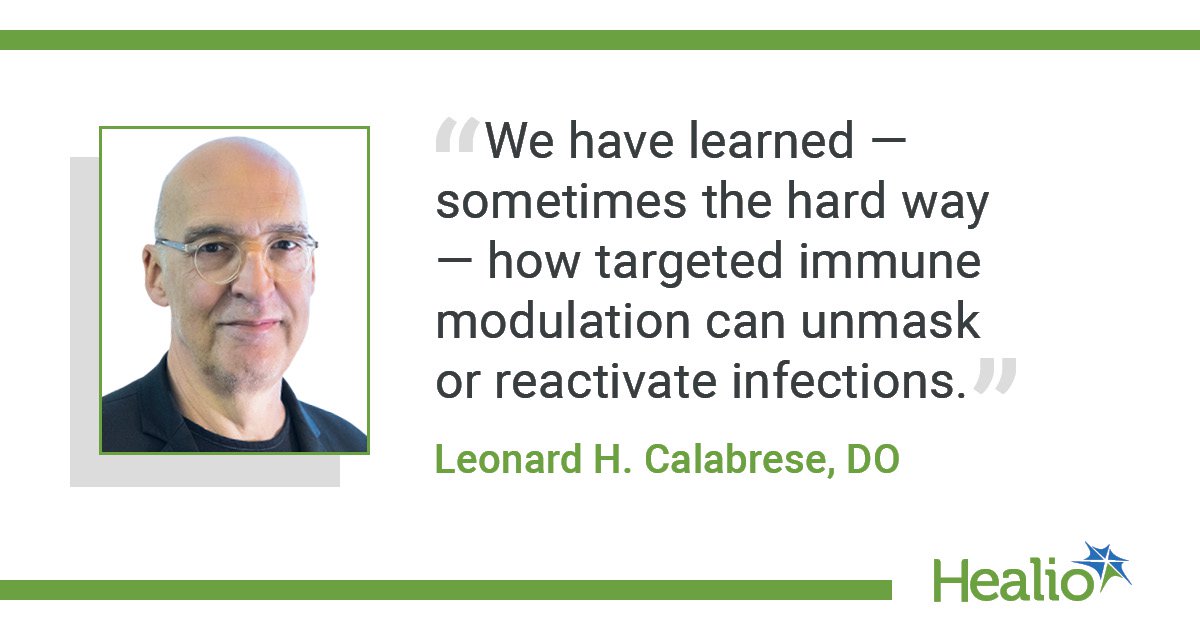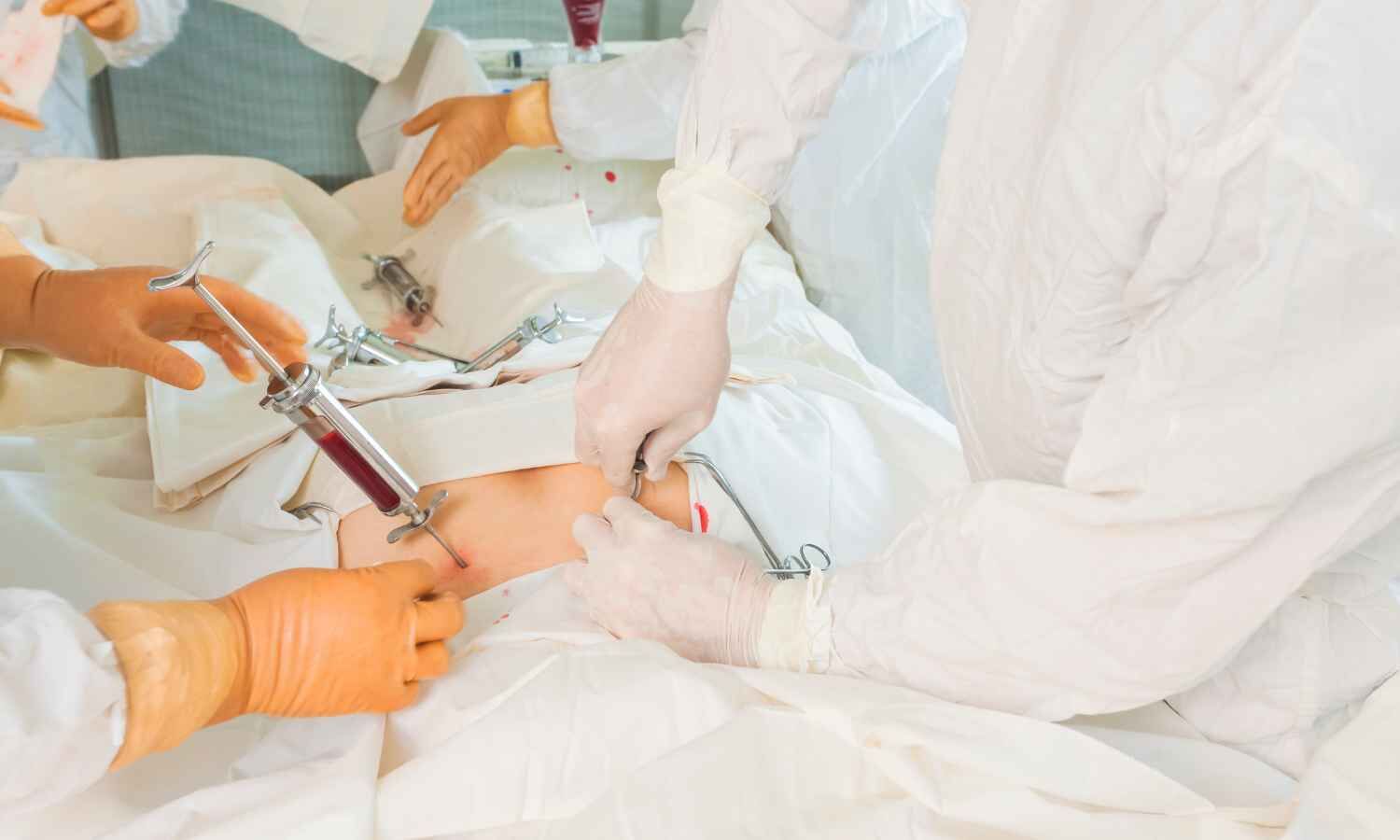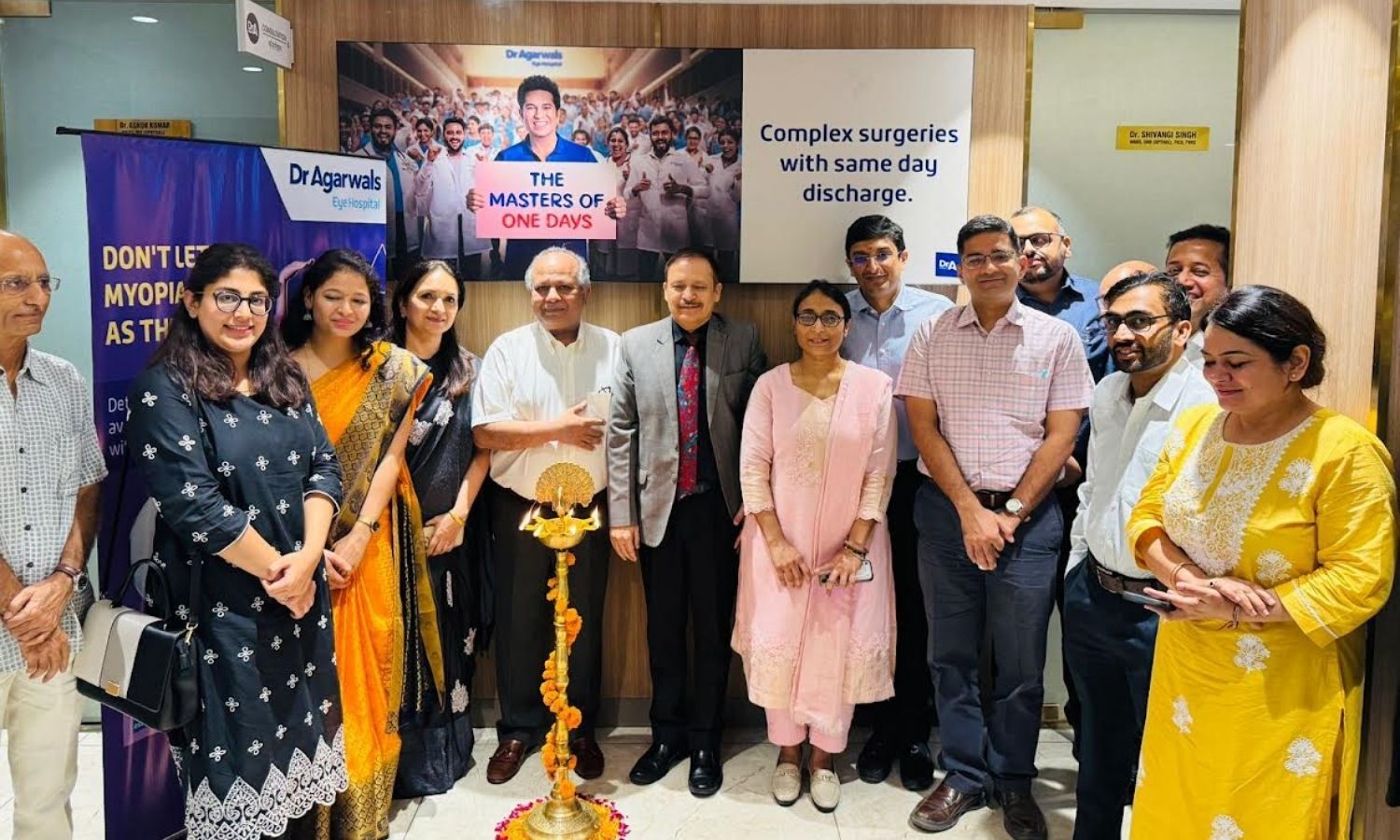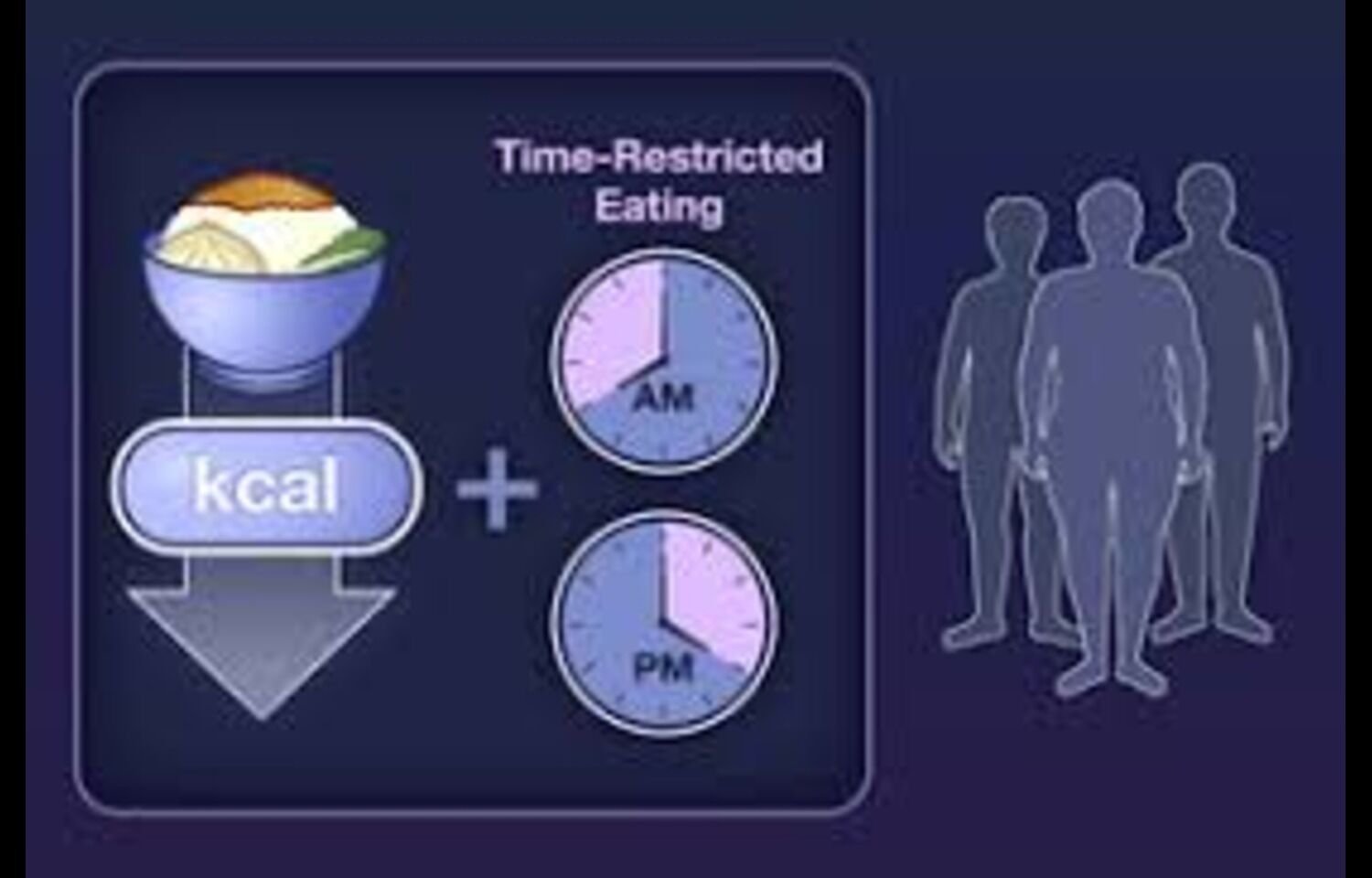September 23, 2025
2 min read
Last month, I discussed the gaps in education, care and research that we rheumatologists confront when defining our role in the emerging — if not exploding — field of post-infectious chronic conditions and post-acute infectious sequelae.
This month, we continue to explore the interprofessional partnership between rheumatology and infectious disease by focusing on our role in delivering evidence-based measures to prevent serious infections in the most vulnerable patients — those who are immunocompromised by their disease, comorbidities, or, most commonly, immune-based therapies.

We assembled an esteemed panel whose clinical practice and academic work focus on this important area, including Cassandra Calabrese, DO; James Galloway, PhD; and Kevin Winthrop, MD, MPH; who share personal views and practice recommendations grounded in the latest evidence and experience in this ever-changing field.
The intersection of infectious disease and rheumatology has grown in importance since the introduction of immune-based therapies over the past 25 years. By inducing states of secondary immunodeficiency, we have learned — sometimes the hard way — how targeted immune modulation can unmask or reactivate infections.
Targeting individual cytokines was only the beginning: Early lessons from TNF inhibitors illustrated reactivation of latent infections such as Mycobacterium tuberculosis and hepatitis B. Now, as immune targets number in the hundreds, new signals show how targeted therapies can produce serious — and potentially fatal — infectious complications, from herpes zoster associated with Janus kinase inhibitors and agents that affect type I interferon pathways, to progressive multifocal leukoencephalopathy in patients with lupus receiving B cell-depleting therapies, and beyond.
These signals have increased the need for pharmacovigilance. Equally important is translating those lessons into preventive strategies that become standards of care.
In this month’s Healio Exclusive, our sources emphasizes that although prior decades have taught us much about the epidemiology, diagnosis and treatment of infections in immunocompromised populations, the field was fundamentally transformed by the COVID-19 pandemic. By its scale, the rapid development of new vaccine technologies, the expansion of pre-exposure prophylaxis, and the vast investigative effort it spurred, COVID opened a new chapter in the rheum-ID connection. At the same time, the pandemic soberly reminded us that society’s — and some patients’ — trust in science has eroded, fueling vaccine skepticism despite vaccination remaining a cornerstone of infection prevention.
If nothing else, COVID reinforced that vigilance is essential in a shifting infectious landscape, particularly for those who are immunocompromised.
Rheumatologists, in my view, are among the most important gatekeepers in protecting immunocompromised patients. We must embrace that role: identify infectious risks before and during immunomodulatory therapy, counsel patients, coordinate preventive measures (vaccination, screening and prophylaxis), and collaborate closely with infectious disease colleagues when complex issues arise.
This is my take — what’s yours? Please share your thoughts with me at calabrl@ccf.org or at rheumatology@healio.com.
- For more information:
- Leonard H. Calabrese, DO, is the Chief Medical Editor, Healio Rheumatology, and Professor of Medicine, Cleveland Clinic Lerner College of Medicine of Case Western Reserve University, and RJ Fasenmyer Chair of Clinical Immunology at the Cleveland Clinic.










